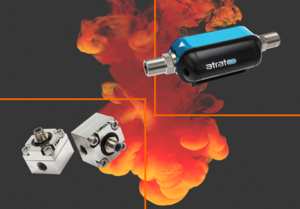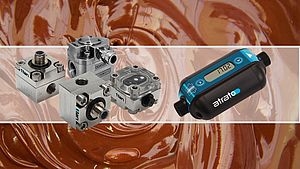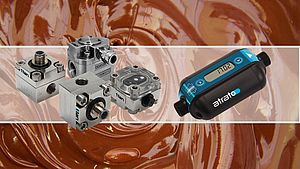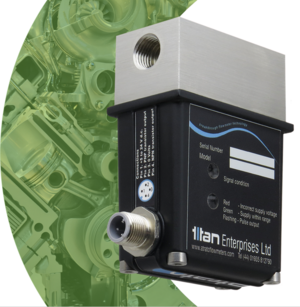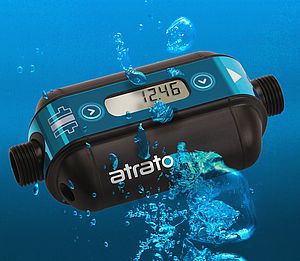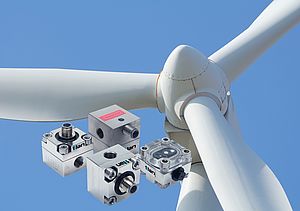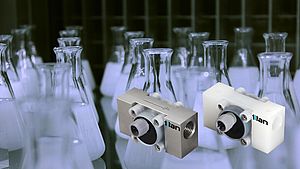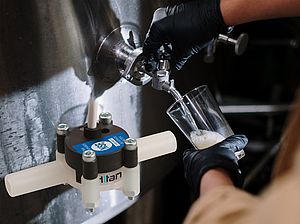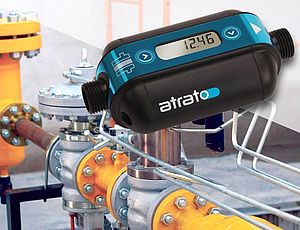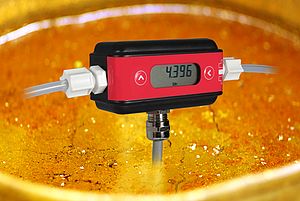Flow meter manufacturers calibrate their products in steady flow conditions for a very good reason. Pulsations cause big errors.
Dealing with pulsating flow has been an issue in flow measurement for over 100 years. In the 1920’s a gentleman called John Lawrence Hodgson working for George Kent Ltd identified that pulsations induced in fluid flow caused serious reading errors with differential pressure meters. He has several flow related patents and developed the Hodgson number HN which when calculated to be greater than “2” showed the error in flow would be less than 1%. It is a simple formula with just five terms (Fig.2)
V. Volume of pipework between pulsation source and flow meter
f. The frequency of the pulsations
Qv. Volumetric flow rate
∂P Pressure drop between the source of the pulsations and the flow meter
P Absolute pressure at the meter.
Consequently if the flow meter is a long way from the pulsations and the line has a reasonable pressure drop the error would be reduced. This is largely still true today but modern flow meters complicate matters somewhat.
There are many types of pulsation source. The pump is a common source of pulsations particularly with smaller flows of aggressive chemicals where it is a frequent problem. How your flowmeter behaves will depend on the meter type, where it is positioned as well as the frequency and amplitude of the pulsations. A diaphragm pump can produce very severe pulsations with periods of zero flow whereas a gear pump will produce a fairly steady flow with a small “ripple” in the delivery rate. Other pump types come somewhere between these two extremes.
Turbine flow meters will generally have too much inertia to respond to velocity changes and will therefore run at something like the RMS velocity of a sinusoidal velocity profile. Positive displacement meters however will cope very well with pulsations as there is virtually no “slippage” of fluid past the measuring chamber. These flow meters will however sometimes induce pulsations of their own into the flow.
Electronic based devices have a different problem in that they have their own internal cycle times which take “slices” of flow information and report the answer. Depending where these “slices” are relative to the pulsation can cause very large reading errors due to this aliasing.
The best solution for accurately measuring pulsating flow is to remove the pulsations. This can be achieved by siting the flow meter as far away as possible from the source. This will give the pulsations time to attenuate. Increasing the pressure drop in the line will also help as long as sufficient pressure remains at the flow meter for accurate measurement. In liquid systems a hydraulic accumulator of some description with a gas bladder is very effective. If this is not possible a “tuned” column of air has been shown to work but this does need continuous monitoring for the best results. Any accumulator of this type is only likely to be effective for a given set of flow conditions and pulsation type. Also note that changing the flow rate or pump and the system will have to be re-tuned.






